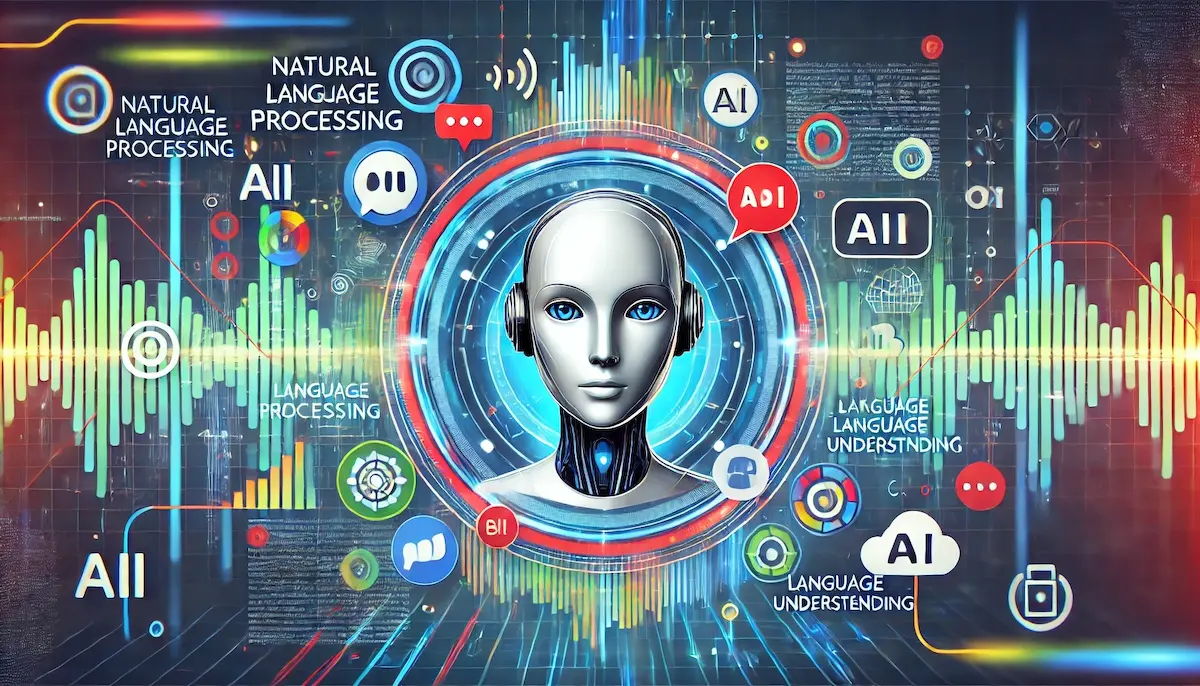Natural Language Processing (NLP) is a fascinating and rapidly evolving field within artificial intelligence (AI) that focuses on the interaction between computers and human languages. By enabling machines to understand, interpret, and generate human language, NLP is transforming numerous industries and everyday applications. Let’s explore what NLP is, how it works, and its broad impact on society.
What is Natural Language Processing?
Natural Language Processing is a branch of AI that involves the ability of a computer to understand, analyze, manipulate, and generate human language. NLP combines computational linguistics with machine learning and deep learning models to process and interpret vast amounts of natural language data.
How Does Natural Language Processing Work?
Key Components
- Tokenization: Breaking down text into smaller units, such as words or phrases. For example, the sentence “NLP is fascinating” would be tokenized into [“NLP”, “is”, “fascinating”].
- Part-of-Speech Tagging: Identifying the grammatical parts of speech for each token, such as nouns, verbs, adjectives, etc. This helps understand the syntax and structure of sentences.
- Named Entity Recognition (NER): Detecting and classifying named entities within text, such as names of people, organizations, locations, dates, etc. For instance, in “Apple Inc. released a new product,” NER would identify “Apple Inc.” as an organization.
- Sentiment Analysis: Determining the sentiment or emotional tone behind a piece of text, such as positive, negative, or neutral. This is widely used in social media monitoring and customer feedback analysis.
- Parsing: Analyzing the grammatical structure of a sentence to understand its meaning. Dependency parsing, for instance, helps identify relationships between words in a sentence.
- Machine Translation: Automatically translating text from one language to another, as seen in applications like Google Translate.
Techniques and Models
- Rule-Based Approaches: Early NLP systems relied on hand-crafted rules and linguistic knowledge to process language. While effective for specific tasks, these systems lacked scalability and adaptability.
- Statistical Methods: Statistical models, such as Hidden Markov Models (HMM) and Conditional Random Fields (CRF), use probability distributions to predict linguistic features and relationships.
- Machine Learning: Supervised and unsupervised learning algorithms train models on large datasets to identify patterns and make predictions. Examples include Support Vector Machines (SVM) and Random Forests.
- Deep Learning: Neural networks, particularly Recurrent Neural Networks (RNN) and Transformers, have revolutionized NLP by enabling more accurate and context-aware language understanding. Models like BERT (Bidirectional Encoder Representations from Transformers) and GPT (Generative Pre-trained Transformer) are state-of-the-art in NLP tasks.
Applications of Natural Language Processing
Virtual Assistants
Virtual assistants like Siri, Alexa, and Google Assistant use NLP to understand voice commands, provide information, and perform tasks. They rely on speech recognition, intent detection, and context understanding to interact naturally with users.
Sentiment Analysis
Businesses use sentiment analysis to gauge customer opinions and feedback from social media, reviews, and surveys. NLP helps detect sentiments, identify trends, and make data-driven decisions to improve products and services.
Machine Translation
Machine translation tools, such as Google Translate, leverage NLP to break language barriers. These tools translate text and speech in real-time, facilitating communication and understanding across different languages.
Chatbots
NLP-powered chatbots provide customer support, answer queries, and assist with transactions. They use intent recognition and dialogue management to simulate human-like conversations, improving customer service efficiency.
Text Summarization
NLP algorithms automatically generate concise summaries of long documents, articles, or reports. This helps users quickly grasp essential information without reading the entire text.
Document Classification
NLP is used to classify documents into predefined categories, such as spam detection in emails or sorting news articles by topic. This automation enhances information organization and retrieval.
Healthcare
In healthcare, NLP processes clinical notes, medical records, and research papers to extract valuable insights. Applications include diagnosing diseases, predicting patient outcomes, and identifying potential treatment options.
Legal and Compliance
NLP assists in legal and compliance tasks by analyzing contracts, regulations, and case law. It can identify relevant clauses, detect risks, and ensure compliance with legal standards.
Benefits of Natural Language Processing
Enhanced Efficiency
NLP automates time-consuming and repetitive tasks, such as data entry, document analysis, and customer support. This increases productivity and allows human workers to focus on more complex and creative tasks.
Improved Accuracy
Advanced NLP models achieve high accuracy in understanding and generating human language, reducing errors in tasks like translation, sentiment analysis, and information retrieval.
Scalability
NLP systems can process and analyze vast amounts of text data quickly and efficiently, making them scalable solutions for large-scale applications across various industries.
Better Customer Experience
NLP enhances customer interactions by providing timely and accurate responses, personalizing services, and understanding customer needs. This leads to higher satisfaction and loyalty.
Challenges and Future Outlook
Ambiguity and Context
Understanding the nuances of human language, including context, idioms, and sarcasm, remains a significant challenge for NLP. Continuous advancements in deep learning and contextual models are addressing these issues.
Data Privacy and Security
Processing large amounts of personal and sensitive data raises concerns about privacy and security. Ensuring robust data protection measures and ethical practices is crucial for the responsible use of NLP.
Bias and Fairness
NLP models can inherit biases present in the training data, leading to unfair or discriminatory outcomes. Developing techniques to detect and mitigate bias is essential for creating fair and inclusive NLP systems.
Multilingual and Cross-Domain Adaptation
Building NLP models that perform well across multiple languages and domains is challenging. Ongoing research focuses on creating more versatile and adaptable models that can generalize across different contexts.
Conclusion
Natural Language Processing is a powerful technology that bridges the gap between human communication and machine understanding. Its applications are transforming industries and enhancing our daily lives. As research progresses and new techniques emerge, NLP will continue to unlock new possibilities, making interactions with technology more natural and intuitive.
Blockfine thanks you for reading and hopes you found this article helpful.
